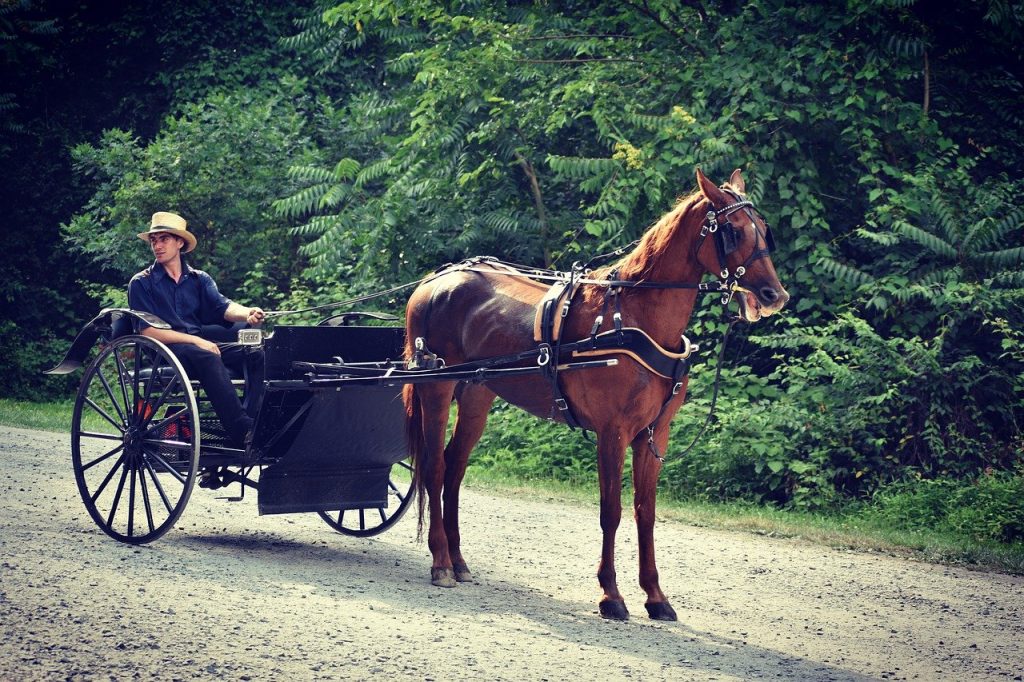I’ve been riding my bike to my fitness workout and each time, during warm weather, I pass an older, probably retired, fellow sitting in his driveway, watching the cars go by.
I wave to him and sometimes stop and say hello; he lives on a hill, so I often need a breather at his house anyway.
But bike riders and pedestrians are very rare on this busy street in my sub-urban town.
So mostly he sees cars and trucks whooshing past. I would guess that he might recognize the vehicle or driver on occasion.
But the most he’s going to get from a car going by at 45mph is a quick wave, even if it were a friend.
But I find myself thinking about how utterly different would have been his experience sitting by his house in the days of horses.
First of all, the sounds would have been the musical clip-clop of horse hooves, not the sound of motor vehicles. I have never, ever, heard the sound of motor vehicles referred to as pleasing, musical, or romantic. (Trains, yes; cars and trucks, not.)
But much more importantly, the slower pace of horse travel and the often open wagon, cart, or carriage would mean he would have gotten a wave from nearly all passers by.
Certainly, anyone on horseback would be compelled to wave, say hello, and maybe to stop and chat.
Sitting by a country road in the days of horses could have been a rich, eventful way to pass an afternoon.
I can not imagine any way that this can ever return, other than in those remarkable Amish communities that have largely stuck with horse power.
It occurred to me that there could be, at least, one day a year that various towns have Horse Days, where only horses, horse drawn vehicles and walkers are allowed.
Not clear how many towns still have enough horses to pull off such an event, specially in the suburbs, but I surely would like to sit by the roadside on such a day and wave to every rider passing by and listen to the clip-clop.

